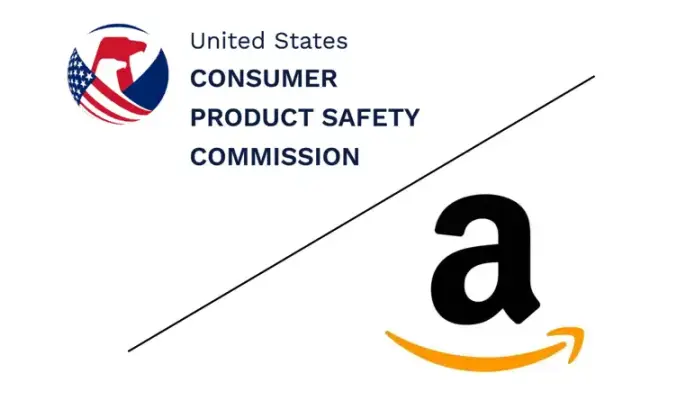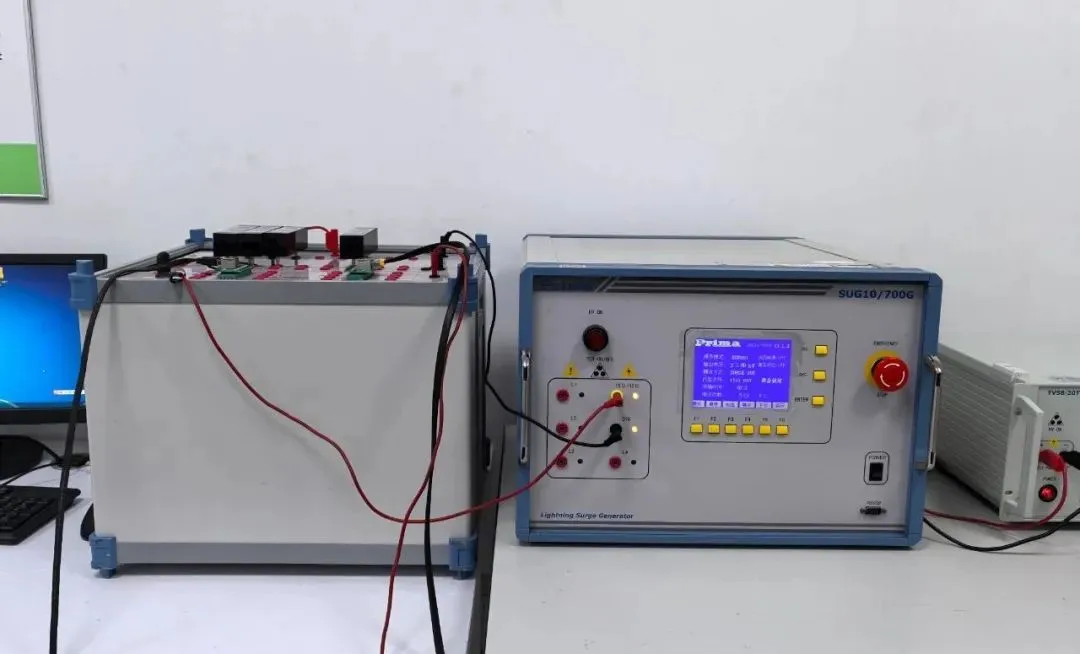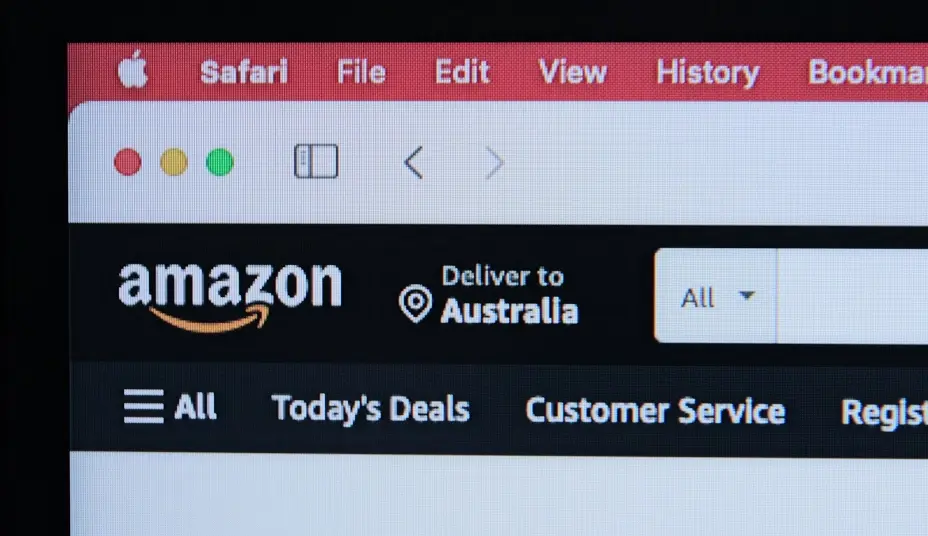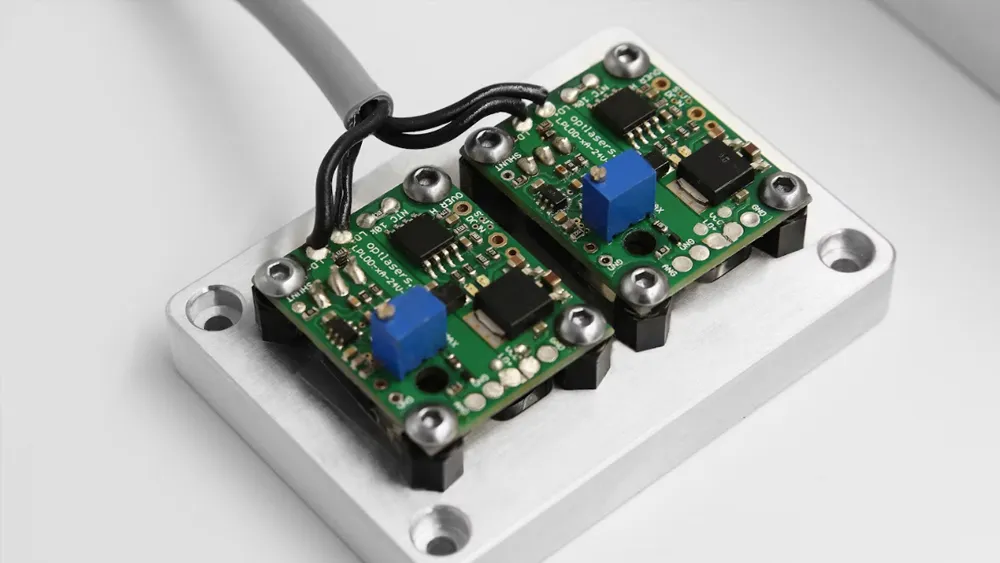
Candle Amazon SOR/2016-165, ASTM F2417-17 Testing
What are the compliance requirements for listing candles, scented candles, and related products on Amazon US/Canada?
Candle
A candle is a burnable wick, usually embedded in wax or other flammable solid substances (such as tallow), that provides light when burning, and sometimes emits fragrance.

Candle Holder
A candle holder is a device used to place a candle, often using a cup or spike to secure the candle.
According to platform requirements, all candles and candle holders must be tested and comply with the following regULations, standards, and requirements:
Candles:
- SOR/2016-165 (Candle Regulations)
- ASTM F2417-17 (Fire Safety Standard for Candles)
- ASTM F2058-07(2021) (Candle Fire Safety Labeling Standard)
Candle Holders:
- ASTM F2601-18 (Fire Safety Standard for Candle Accessories)
Canadian SOR/2016-165 (Candle Regulations) Testing Requirements
(The ASTM F2417-17 US standard has similar requirements)
SOR/2016-165 is a Canadian regulation for candle products. Its testing requirements mainly include:
Combustion Performance Tests
1. Flame Height:
Measure the height of the candle flame during burning to ensure it is within a safe range, preventing fire hazards from excessively tall flames.
2. Burning Time:
Test the duration from ignition to extinguishment or stable burning state to evaluate combustion characteristics and prevent safety hazards caused by excessively long or short burn times.
3. Ember Duration:
Monitor the residual ember after extinguishing; it must completely extinguish within a specified time to REDuce fire risks.
4. Stability Test:
Simulate normal use and possible external disturbances to ensure the candle remains upright and stable, preventing fire accidents caused by tipping.
Safety Tests
1. Material Safety:
Strictly test raw materials to ensure no harmful substances (heavy metals, toxic cheMICals) are present to protect user health.
2. Secondary Fire Source Test:
Evaluate whether the candle could ignite nearby combustible materials if tipped or dropped. The candle must not cause a secondary fire in such situations.
Label and Warning Requirements
Candle products must include clear, accurate, and compliant labels and warnings in both English and French, such as:
- "Keep away from inflammable materials."
- "Keep out of REACH of children."
- "Never leave burning candles unattended."
These warnings must be prominently displayed on the candle or packaging. (This is similar to the EN 15494 safety label requirements under CE certification.)
ASTM F2601-18 Standard Overview
This standard addresses safety specifications for candles and related products. Key testing requirements include:
1. Scope and Applicability
- Applies to various types of candles, including pillar candles, container candles, tealights, and related accessories.
- Defines the product range to ensure safety testing is appropriately applied.
2. Terms and Definitions
- Defines terms like "Candle Assembly" (including candle, container, wick) and "Burning Characteristics" for consistent testing.
3. Combustion Performance Tests
Flame Height:
- Requirement: Limit flame height during stable burning to reduce fire risks.
- Method: Measure flame height using specific instruments under controlled conditions.
Burning Time:
- Requirement: Define the time from ignition to full burn or specified burn level.
- Method: Record time from ignition to extinguishment, observing stability.
Ember Duration:
- Requirement: Monitor residual ember duration to prevent post-burn fires.
- Method: Start timing immediately after extinguishment until ember disappears.
Stability Test:
- Requirement: Ensure freestanding candles remain upright under normal use and minor disturbances.
- Method: Simulate bumps, airflow, etc., and observe upright stability, considering shape, size, and weight distribution.
4. Material Safety Test
- Requirement: Test for harmful substances (heavy metals, VOCs) in materials to protect user health.
- Method: Use chemical analysis methods like spectroscopy or chromatography.
5. Container Safety Test (for container candles)
- Requirement: Ensure the container does not crack, deform, or release harmful substances during burning. Plastic containers must withstand high temperatures.
- Method: Simulate burn conditions and mechanical stress.
6. Label and Instructions
- Requirement: Clear and accurate labels and usage instructions, including product type, burning characteristics, and safety warnings.
- Method: Visual inspection of label content, adhesion, and readability under normal use conditions.
Platform Submission Requirements
Documents:
- Test report from an ISO 17025-accredited laboratory (JJR) proving compliance with the above regulations and standards.
Images:
1. Model, part, or item number
2. Manufacturer or brand name
3. Product label
4. Compliance marks
5. Hazard warnings
Requirements for images or image-based documents:
1. Clear and recognizable
2. Demonstrate the product matches the tested item and product listing
3. Product manuals, instructions, safety information, labels, and warnings in the target sales country language
4. For sets or bundles, provide images for each included item
Email:hello@jjrlab.com
Write your message here and send it to us
 Electric Toy EN 62115 & EN 71 Testing
Electric Toy EN 62115 & EN 71 Testing
 What are ASTM F963 and CPSIA?
What are ASTM F963 and CPSIA?
 Comparison of ASTM F963 and EN 71
Comparison of ASTM F963 and EN 71
 How to get CSA C22.2 NO.256:14 Test Report?
How to get CSA C22.2 NO.256:14 Test Report?
 How much is the ISTA Amazon Packaging & Shippi
How much is the ISTA Amazon Packaging & Shippi
 Amazon Product Laboratory Testing Requirements
Amazon Product Laboratory Testing Requirements
 How to Get EPA Certificatio
How to Get EPA Certificatio
 What is EPA Certification in the United States?
What is EPA Certification in the United States?
Leave us a message
24-hour online customer service at any time to respond, so that you worry!




